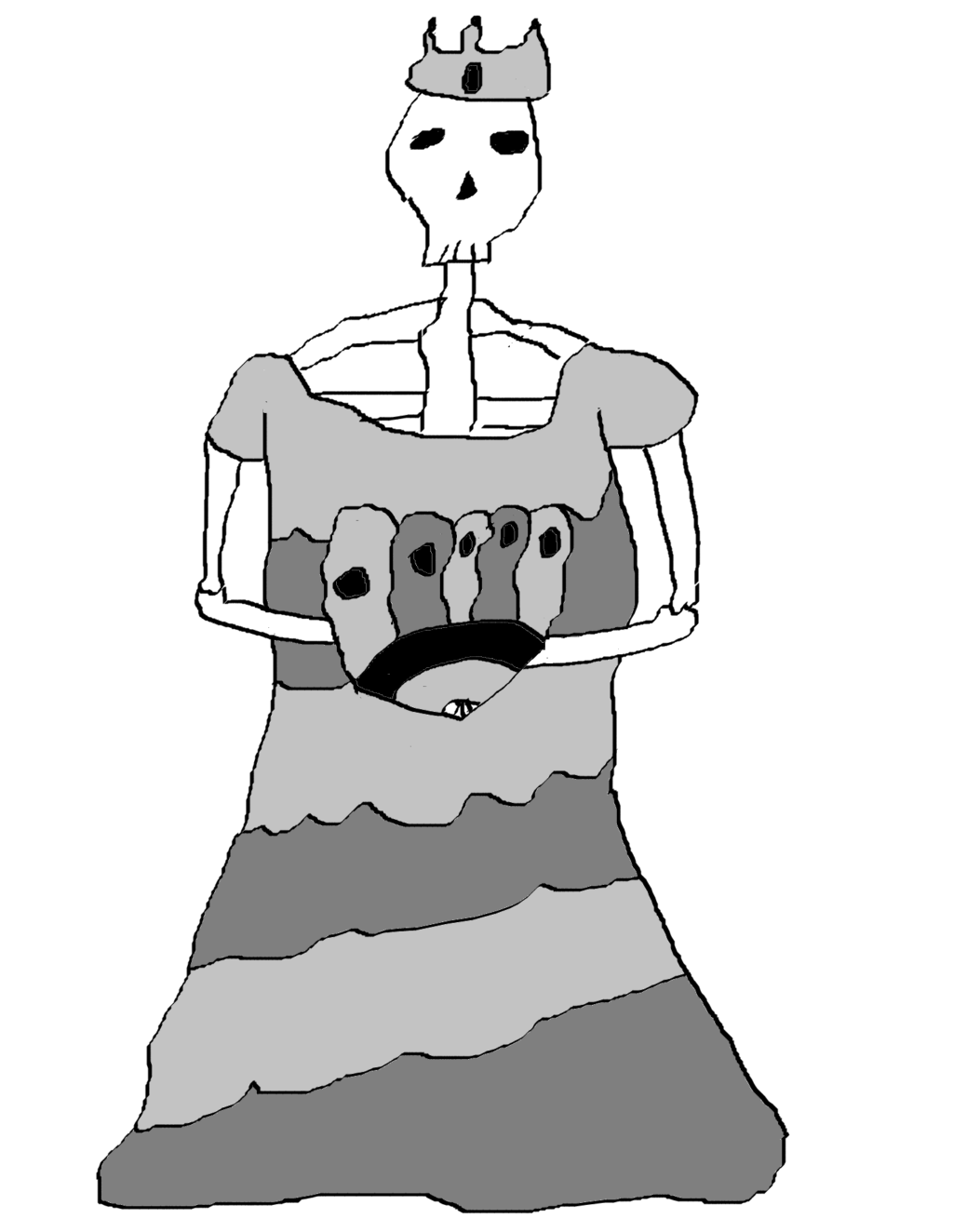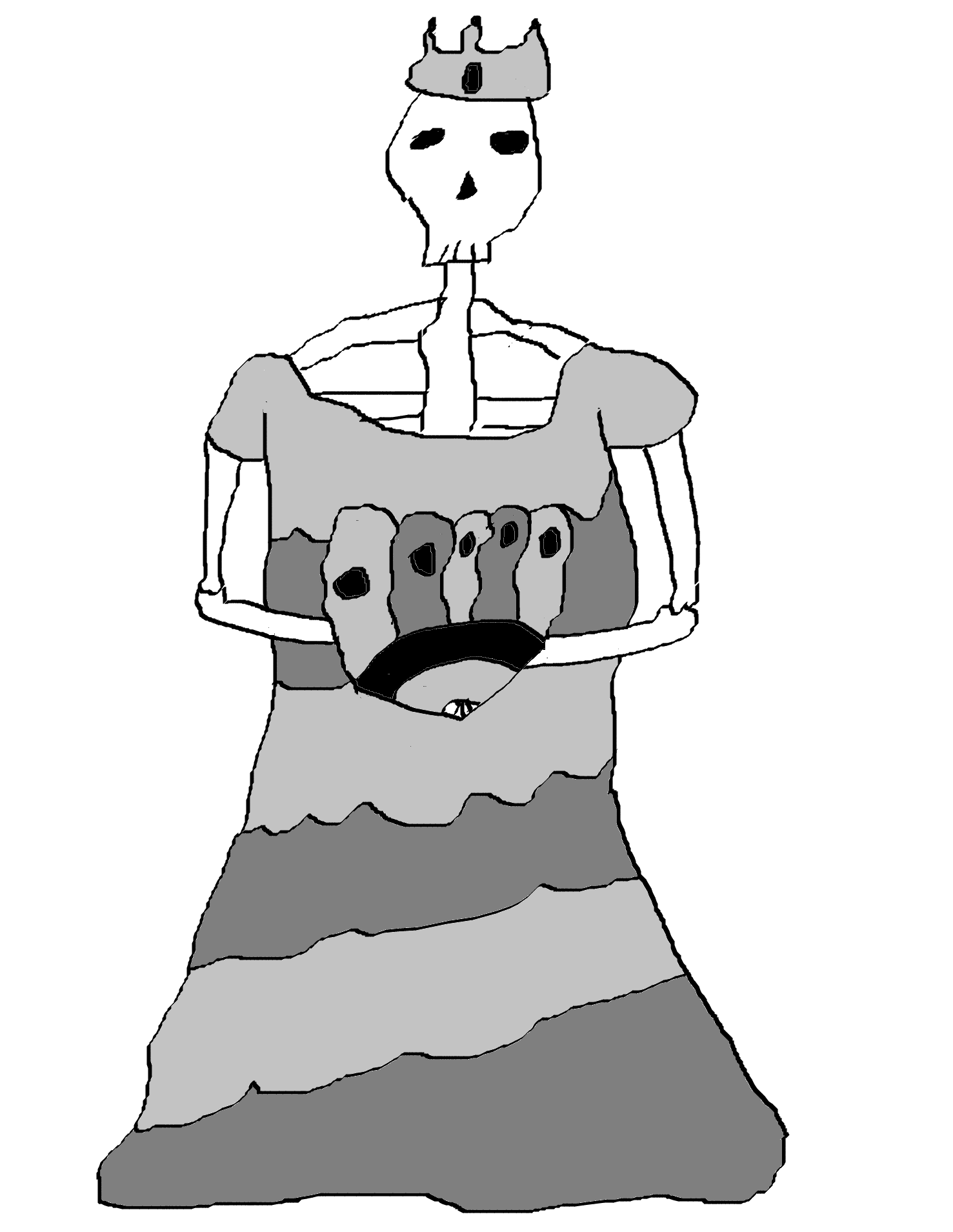
Three Perspectives on ‘The Peacock Dress Controversy’
Three Perspectives on ‘The Peacock Dress Controversy’
***
“And some certain significance lurks in all things, else all things are little worth, and the round world itself but an empty cipher.”
After a long existence, the Peacock Dress is found today in a state of catastrophic decay, for one because exsposure to light whatsoever damages a textile, as over time an assault from the ultraviolet and infrared radiations inherent to the sun’s rays will destroy the fabric’s fibrous tenuous bonds, yet even if the Peacock Dress were entirely successfully shielded from the sun’s rays, hidden in a light-tight box for eternity, decay would still be brought on by pests, pests such as moths who are drawn to silk, pests who consume silk, pests who, like us, are attracted to protein fibers, like moths who, like us, are also attracted to candescence, participating in the gift of life seeming to inherently attract one to proteins and light beams, but if managed to be kept out of both the gaze and rays of the sun and the life scurrying around in its litany of shadows, even in that sterile shadow will heat or cold, or aridity or humidity alike all damage a textile, as changes in the surrounding climate cause fabric to repeatedly expand and contract, loosening the fibers, just as the entropy of life expands and contracts the esteem of people, loosening their sanity, until eventually the swells and crests disconnect their interwoven lives, leading most to ultimately expire as individuals. Despite its fragility, the Peacock Dress still exists, and it lives out its final days in Kedleston Hall, encased in glass, draped over a mannequin where until recently, it was one of many trophies in the British National Archive honoring the awesome memory of the dead empire and its horrible power, whereas now it instead serves as a “crucial reminder” of the horribly dead memory of the empire and its awesome power. The Peacock Dress was worn just once by an animate being, that being being Lady Curzon, Vicereine of India, who wore the Peacock Dress to a ball at the 1902 Delhi Durbar: the mass assembly held to celebrate the coronation of the new Emperor of India, King George VII, which according to British accounts, was an immense spectacle of generosity, specifically for such a spectacle of generosity as the 1902 Delhi Durbar was a tent city raised from scratch, a railway laid, and telegraph wires connected across a continent, an amphitheater constructed in the Mughal-Saracenic style, featuring a bulbous canopy and decorated with arabesque patterns, that style being adopted as Viceroy Lord Curzon felt in order for the ceremony to go off without a hitch, and without the native rulers’ embedded animosities disrupting their procession into a homogenous mass of obeisance to British rule, there had to be an illusion of continuity conveyed through the familiar palatial structure and style, style being here considered innate, infinitely enduring, and therefore, lifeless. Curzon went on to ensure that the local princes were full participants in the investiture ceremony. During the investiture ceremony, they were to symbolically display their incorporation into the British Empire by handing petitions to the Viceroy, who took up a seat in the very same spot where, in the 17th century, Emperor Shah Jahan would have received members of the public: in the Diwan-i-Aam, nestled within the ornate red sandstone walls of Delhi’s famous Red Fort, while across the Red Fort from the Diwan-i-Aam was the Diwan-i-Khas, where Shah Jahad received his private guests, and where he would be found so often perched on his famous Peacock Throne, which has since been looted, destroyed, recreated, and destroyed again, that very Peacock Throne to which European aristocrats are still to this day caught in the thrall, a thrall seen in the recreation located in Linderhof Palace, or for example in the apocryphal fragments claimed separately by both the Victoria & Albert Museum and the Metropolitan Museum of Art, and who could deny in this instance the world-levelling Europeanness of the Met despite its literal location, which once claimed to possess a marble leg of the original Peacock Throne, but this marble leg of the original Peacock Throne was never seen by the public nor ever proven to even exist. The 1902 Delhi Durbar ball was to take place precisely where the Peacock Throne had been for so long, which, along with the peacock’s symbolic weight in Indian religion, would serve as the inspiration for Lady Curzon’s dress, on which peacock feathers were individually marked with scarab beetle wing casings and tiled in panels, with a gown made to further resemble the peacock’s signature iridescent plumage with silk taffeta, or chiffon according to some accounts, but a plain-woven, and ordinarily lightweight fabric nonetheless, here given a muslin flourish at the bottom end in appropriation of the local style of a sari, then given an additional heft and glimmer with the inclusion of zardozi embroidery, a luxurious needlework which decorates fabric by entwining gold and silver threads with embellishments like beads, sequins, or pearls into glittering geometric paisley motifs or figurative designs.
This could go on, but is all simply to say: British rule made the Peacock Dress in perpetuation of its project to subsume all of history into itself, and it still exists, rotting away on a mannequin.
***
“Beauty is a value – without any doubt. And – also without any doubt – a useless and unreal value. Useless, because it serves no purpose and is not made to serve. Unreal because it “does” nothing; it would not weigh down the pan of a scale, would not alter the needle of a galvanometer, would not stop a projectile…; it would do nothing to avoid a blow, but the blow would be able to do nothing to it.”
The Peacock Dress withers as we speak. It, like all fabric artifacts, is gradually becoming dust. When confronted with this ceaseless rusting that eventually undoes all things (that process of undoing which is inherent to the concept of the historical), that undoing which particularly afflicts the beautiful (that is not to say “pretty,” or “pleasing,” nor anything at all reducible to the effect of a particular impression, but rather the principle of preserving an object against its own pending non-existence: ‘beautiful’ here meaning polished, hoarded, brushed, encased, and protected), some admit defeat to the passage of time. Where they have placid acceptance, some others are born with unquenchable hate for that void, for things tending to slip away, and for death. These ‘others’ stand steadfast athwart the growing dustbin of history, seeing in the uselessness of beauty the culmination of an entire universe: the self-justification of one’s own existence as the highest achievable faculty.
The teetotalers nag, excess! ostentation! waste! but that very surplus is coextensive with a life worthy of the name. Why inhale when you’ll just exhale CO2? Why jump and run and permanently expend calories? Why start a fire if it ends in a pile of ash?
Most of us yearn to acclimate ourselves to this ineffable characteristic, because we too would like to be deemed worthy of temporarily saving from death. Cathy, for example, marketed herself through her Youtube channel as a librarian of beauty specializing in recreation of historical fashion. Somehow, even the most beautiful piece has but a temporary claim on existence. Consider how the famous collection at the Met, for whose benefit the Gala is held, is always dying, as every brief subjection to public view consumes a bit more of the fabric, our gaze parasitically sapping the very same enrapturing quality we’re seeking.
Cathay remade famous pieces of historical fashion and created accompanying video content for an audience and for posterity. Her most notable project was an attempt to recreate the Peacock Dress of Lady Curzon. She anticipated being inundated with arguments against recreating the dress, all of which sounded to her the way an impassioned and reasonable argument from a chicken or an ant would sound to you.
First among these arguments: the project is in bad taste. The garment was explicitly designed to symbolize the brutal British colonial rule over India. The original garment only exists per the enslavement of young hands. So, don’t make it again. Second: the project is unnecessary. The dress still exists in a museum. Yellowed & withered, but still, there are plenty of historical dresses that no longer exist in even this weakened state which one could recreate from paintings or photos. Make something else. And third: the project is futile. The techniques which made the dress, the muslin, silk, and zardozi might as well be lost technology to an individual westerner. The traditions which allowed for such fine production were liquidated into industry or remain intensely exploitative. It’s impossible.
This hemming and hawing could go on. Instead, listen to our hero, Cathy: the dress represents nothing: the dress is beautiful: it is not human labor: nor is it embodied geopolitics: the dress does not already exist in a museum, the thing they call the Peacock Dress in the British National Archive is ugly and old. Against a creeping void, she needs to remake the dress, damn “impossible.”
The Peacock Dress won’t slip out of her grasp if she grips it tight and close enough to the heart. Hear her: “like so many beautiful things, this crucial historical artifact is fading into the past, and I’d like to help ensure this dress, and the magnificent work that went into it, is never forgotten, by recreating the Peacock Dress for all of you here on Youtube. This is only episode one of a potentially long series, so be sure to subscribe and hit the bell icon to receive notifications when I upload a new video.” A ring light illuminates her face, washing away the natural fluctuations of skin.
***
“Each and every successful work separates itself from the merely existing – the artistic labor is always a process of selecting, trimming, renouncing – without rejection there is no form.”
Peacock Dress withers.
Like all things, gradually dies.
Dress doesn’t fit.
After years of work, isn’t right.
Infinitesimally close to real.
But doesn’t fit how did Lady Curzon.
Don’t look like Vicereine.
Hair different color.
Arms aren’t right shape.
Neck different angle off shoulders.
Eyes stare differently from face.
Have to reshape body to fit.
It needs to fit.
Needs to look right.
Skin yields to knife like sculpture.
Make a face.
Still won’t look right.
Not in ballroom.
Not in Diwan-i-Khas.
Same angle sunlight, shimmering gold thread.
Plane tickets purchased.
Land in Delhi.
Too weak for to fit.
Too small.
Don’t incarnate domination.
Have no empire.
Need to be powerful.
And it needs to fit.
Power flows in petroleum rivers.
Power waits coiled in gunpowder.
So, arrangements having been made, suddenly, it alights.
And it fits.
She’s unbearably beautiful.
Painfully so.
Can’t help but stop and stare.
Could you avert your eyes?
Mad woman on fire twirling in gold dress?
Perfect moment, too passes.
Stain ugliness of death.
Glisten smudged by brown blood.
Whole rest of history duly takes place.
Not much worth noting.
People grow old.
Peacock Dress burnt.
Briefly, at her contrived altar,
she bounded this way, that,
crackling, choking,
sobs in ever-shorter breaths,
a squawking delirious laugh,
for but an instant.
